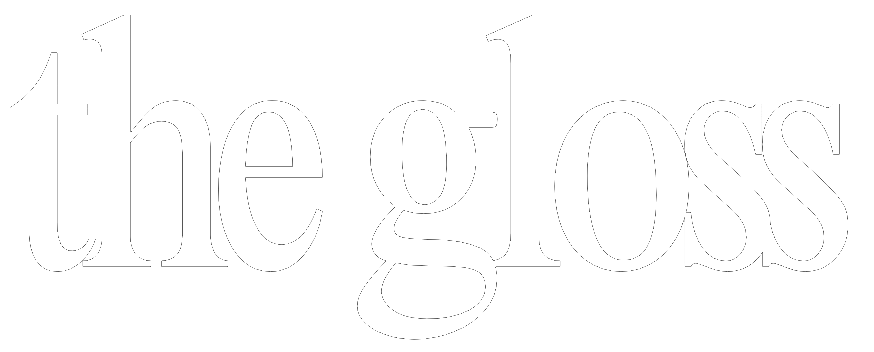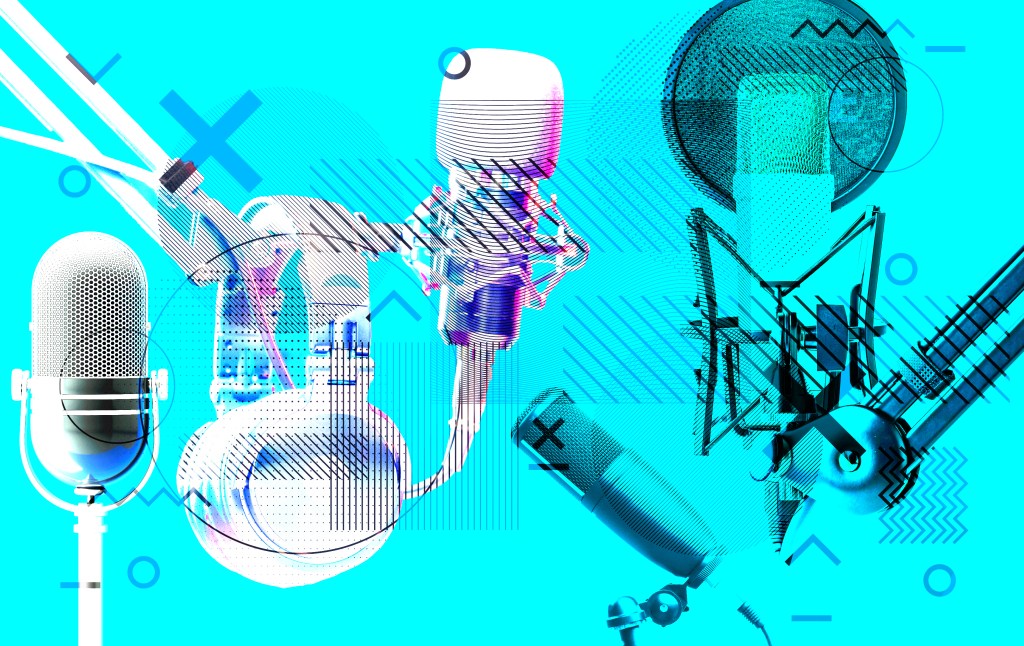In Brooklyn apartments, two friends with microphones dissect TikTok trends or recapitulate Twitter drama. There are the marathon sessions like The Joe Rogan Experience, where conversations sprawl like suburban development: three hours of nothing punctuated by moments destined for Instagram Reels. There’s the parade of glossy celebrity sit-downs with cinematic camera work that cost thousands to produce, ostensibly have millions of listeners, and yet, you’ve never heard of them. Elsewhere, venture capitalists pontificate about disruption. Influencers dissect relationships with other, slightly better-known influencers. Politicians “reach across the aisle” to controversial public figures, to bond over their shared vocation of being famous.
In short, everyone hosts an interview show now.
The format takes hold wherever a guest can be found and two voices can fill one to three hours. With a handful of exceptions (Dwarkesh Patel and Ross Douthat both immediately spring to mind, though there are certainly others), preparations for an interview seem to involve no more than sending a calendar invite. Editing means cutting where you accidentally named your situationship. Go deeper down the interview-show rabbit hole and you’ll find microphones are optional. There’s zero barrier to entry, infinite upside. Maybe you’ll eventually sell out theaters for live recordings. Maybe you’ll coast on two hours of work weekly while banking six figures from your Patreon earnings. Maybe you’ll become the Joe Rogan of something incredibly specific, like being on your phone all day. Everyone believes they’re one viral clip from quitting their day job—and sometimes they’re right.
Today’s carelessness would have horrified early broadcasters. Edward R. Murrow’s See It Now in the 1950s set the standard for adversarial television journalism and earned national attention when it challenged Sen. Joseph McCarthy. Murrow’s companion program Person to Person, which aired into the early 1960s, by contrast, reached millions of viewers by bringing cameras into public figures’ living rooms, avoiding controversy but establishing the template for the friendlier, intimate interview. Mike Wallace pushed in the other direction: His Night Beat (1956) and The Mike Wallace Interview (1957-58) were so confrontational they were taken off the air as quickly as they appeared. Each show was deliberate—well thought-out—and demanded the viewer’s full attention. That sensibility culminated in 1968 with 60 Minutes, where Wallace turned the interview into a civic ritual with questions framed as public demands for answers.
But that era is over; the contemporary interview show does something else entirely. Marathon programs, The Joe Rogan Experience being chief among them, are designed for audiences to drift in and out while they do something else, usually scrolling. Last year I tried to work against this current: With my creative partner, Taylor McMahon, I began an audio documentary about Art Bell, who mainstreamed conspiracy and paranormal talk radio. Every minute demanded dozens of small decisions. My narration had to be written, then read, then read again until I mastered the right cadence. What seems effortless when done well depends on time, money, and understanding of a craft that today’s shows have largely abandoned, for both good and bad reasons.
Most interview shows cost nothing to make and less to repeat. They can be monetized through Patreon and Substack, and of course through ads. Marketing is embedded in the format: A guest arrives with an audience and lends it to the host for an hour. Hosts accumulate listeners, downloads, and views parasitically, bouncing between audiences to build their own. Clips finish the job. A three-hour conversation becomes a month of 30-second social media reels, which travel further and faster than the original episode ever will.
Among creators, produced and edited shows are sometimes dismissed as “sterile,” a judgment that confuses careful shaping with absence of life. Listen to episodes of This American Life or Radiolab, or The Living Room. This isn’t sterility. They know when to withhold information, when to let silence work. There is a craft to audio. But technique has become suspect—and shows aim to be light and conversational, even ambient.
Having craft beyond whatever the algorithm rewards this week makes you seem pretentious, like a “tryhard,” or “striver.” But to the DIY broadcaster’s credit, the economics are also brutal: 40 hours of careful editing will likely generate the same number of downloads as two friends recording their hangout. Effort doesn’t always scale, unless you’re lucky. The model that taught radio producers timing and pacing—and made them invaluable—is dead.
The absence of craft has all sorts of consequences. For example, the adversarial interview hasn’t vanished, but it grows scarcer yearly. Guests arrive with talking points, or even without them, knowing the host won’t push back on even the most absurd utterances. Most programs have settled into a therapeutic tempo, where guests say something outrageous and hosts just nod. The performance of conflict persists in some areas because conflict generates effective clips, though it more often manifests as humiliation—gotcha moments rather than genuine hard questioning.
In today’s media landscape, very few figures still practice real interviewing. Tucker Carlson, paradoxically, provides an interesting case study for both real interviews and the sort of galling credulity common to today’s face-to-faces.
When Carlson sat down with OpenAI CEO Sam Altman, Carlson actually challenged him, asking Altman about Suchir Balaji, a former OpenAI employee who was found dead in an apparent suicide several weeks after accusing OpenAI of copyright violations. Carlson seems to genuinely believe Balaji was murdered—and he pressed Altman on that when Altman said that he believed Balaji had committed suicide. It was a tense back-and-forth. Altman, at one point, tells Carlson he hasn’t done too many interviews where he’s accused of murder. Carlson clarifies—he’s not accusing him of murder, but the situation demands an explanation.
By contrast, Carlson’s interview with the writer and podcast Darryl Cooper was exceedingly deferential: When Cooper offered a revisionist picture of the Holocaust, Carlson didn’t question his claims. He accepted them at face value.
Less controversially, Ross Douthat also doesn’t sit in the passenger seat. On Interesting Times, he asks guests to explain their positions and actively engages with their arguments. A surprising number of guests fumble when challenged, even lightly.
Virtually no one else, however, is conducting interviews with much confrontation. Nobody wants to piss anyone else off. Nobody wants to burn a bridge. The 2024 presidential election was widely considered “the podcast bro” election, and what a missed opportunity it was! Joe Rogan and Theo Von hung out with Trump, Alex Cooper hung out with Kamala Harris on Call Her Daddy. There were no stakes. With presidential nominees!
But other podcasts exist less as actual conversations and more as collections of clippable moments. That is, it’s less about the complete product as it is creating raw material for later harvesting, itself designed to help the podcast rack up followers and go viral. This is a culture-wide condition and not confined to podcasting, either. You see this most acutely in the film industry, where many movies seem to exist primarily as fragments for TikTok’s For You page. Sydney Sweeney’s Anyone But You utterly failed the test of narrative craft—really, it was worse than what you’d read in a freshman screenwriting class—but it succeeded brilliantly as a clip generator. There were funny jokes—there was just no plot. To return to podcasting: Call Her Daddy offers a cornucopia of very consumable clips—but as a start-to-finish listening experience, it borders on unbearable. Unless, of course, you’re using it as background noise while you do other things.
And it’s a pipeline that serves the influencer economy, whether you’re a walking lifestyle brand or a public intellectual. Every book demands a tour—and you’ll discover, after you’ve written one, that most interviewers have barely cracked the spine. Or maybe it’s not a book, it’s a new project or a company. The actual content becomes secondary to the fact of its existence. Every tour demands appearances, a circuit of podcasts and shows where you’ll repeat the same anecdotes, refine the same talking points, until they calcify. These appearances build familiarity—not with your ideas or your work, but with your face, your voice, your personal “brand.” You become a regular presence in people’s feeds. Familiarity breeds recognition, recognition courts fame, and fame confers status and, with any luck, money.
What matters is that you’re in circulation, generating clips, maintaining visibility. The work, whatever it is, was never the point; it was just your ticket to the circuit. It’s fame stripped down to its barest, most cynical mechanics: visibility for visibility’s sake. What’s the point of this endless circulation? It’s no wonder so many would-be internet personalities pivot to politics. At least there, the performance must pretend to be about something real. It’s the last place where you can be famous in a durable way—and not just durable, it means something. You’re less likely to be forgotten with the next news cycle.
When television first visited the living room, Murrow’s Person to Person gave audiences proximity in exchange for hard questions deferred. Later, 60 Minutes demonstrated that interviews could provide a state for real accountability weekly. Mike Wallace made tobacco executives sweat. Now we have something different: an entire media ecosystem built on circulating one’s own image.
As the barrier to entry for starting a podcast continues to drop with new tools, craft may become the only remaining competitive advantage—and indeed, exceptional work still breaks through, like Dwarkesh Patel’s meticulously-prepared tech and history show. Quality shows remain anomalies in a landscape that mostly tells us our time is worth exactly what the hosts invested. The carefully edited show respects the listener’s attention; the unedited conversation treats it as inexhaustible.
We live among conversations that never begin and never end, that we enter in progress and leave before completion. Interview shows proliferate—hundreds, thousands—yet most we know only through TikTok soundbites, if we know them at all. Occasionally something remarkable gets said. The rest dissolves. The machine keeps running, always recording, never stopping to ask whether any of this deserves to exist.

